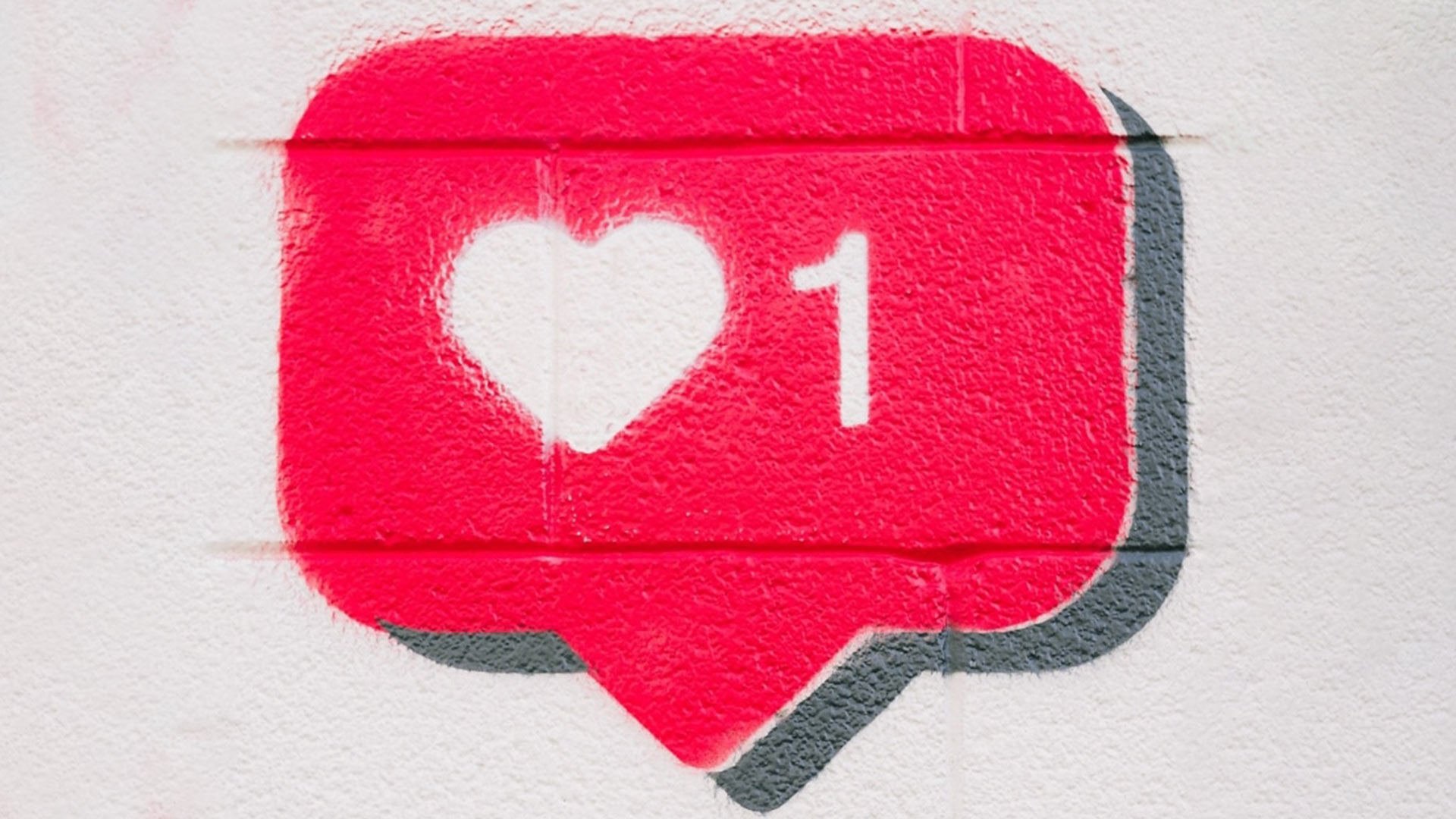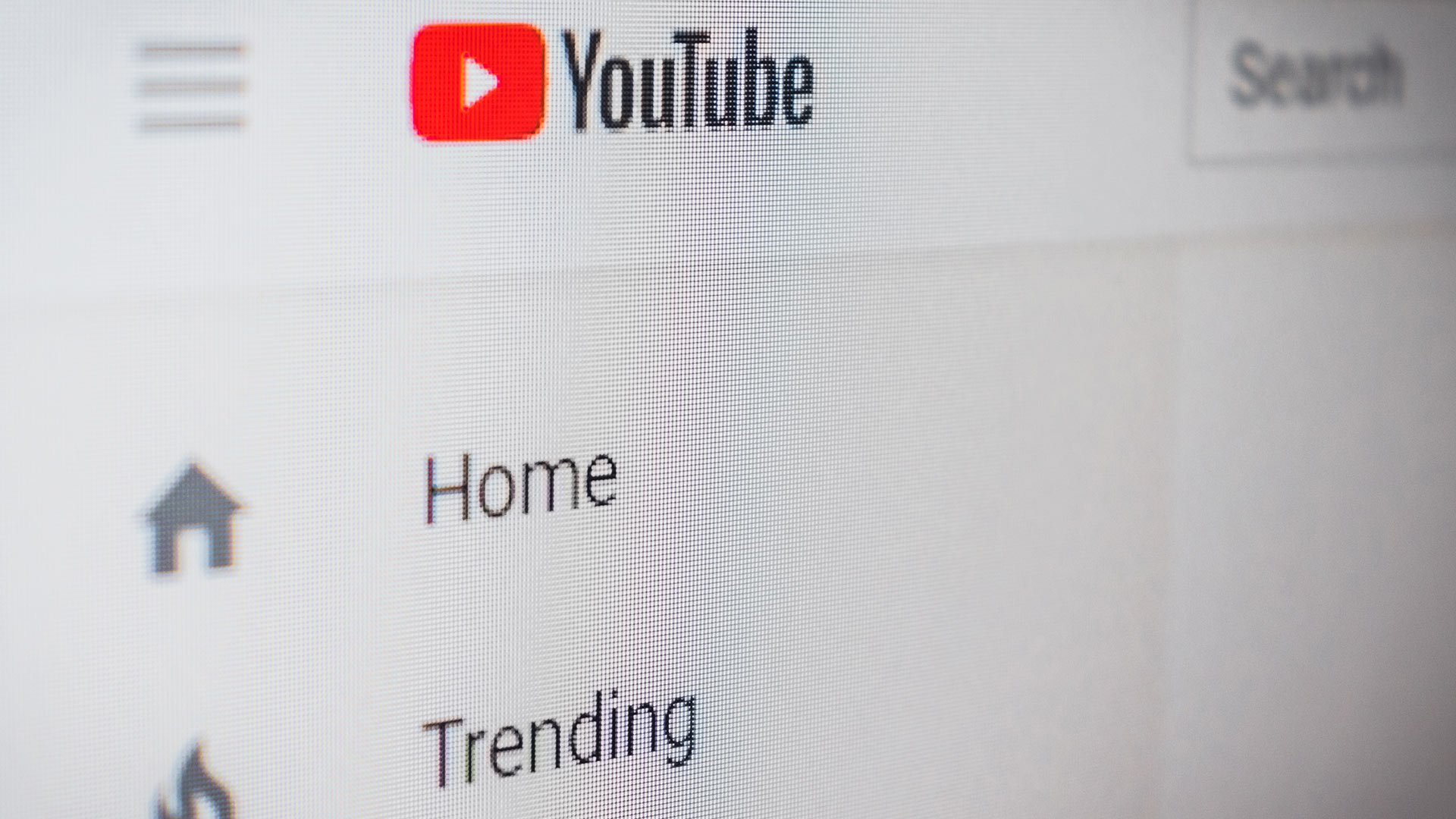Consistency in marketing is essential. However, businesses can get so comfortable with their marketing processes and campaigns that they end up stuck in a rut. Before you know it, the strategies and tactics that are used to help you meet your goals don’t work anymore. How can B2B companies avoid the marketing rut? Finding ways to periodically get out of your comfort zone can be one of the most helpful ways to generate new ideas and regain momentum toward achieving your goals.
At Green Apple, we approach our marketing strategies by doing everything we can to help our clients grow. Sometimes that means finding ways to help them think differently and get them outside their comfort zones.
5 Ways B2B Companies Can Get Outside of Their Comfort Zones
Here are five helpful ideas that have helped our B2B clients expand their thinking and find new ways to enhance their marketing strategies:
1. Reexamine your audience and unique value proposition.
Your customers and target audience are human beings that are constantly growing, learning, and changing. That’s why it’s important to regularly evaluate your target audience as well as the unique value proposition you’re using to reach them. This can be especially helpful if you’re trying to market a complex product or service.
At Green Apple, we recommend our clients take time to re-evaluate their audience at least every 3-5 years. We’ve found that taking time to consider who you’re trying to reach and what questions they’re asking is one of the most beneficial ways that B2B companies can refresh their marketing efforts.
2. Consider testing 1 or 2 innovative marketing tactics each year to reach customers.
Marketing is constantly evolving. While you don’t need to implement every new trend, it’s important to consider which new tactics or platforms might help you move the needle.
Each year, we try to include one or two innovative marketing ideas in our clients’ strategies. It’s been amazing to see how much of a difference this can make, especially for our B2B clients. In most cases, our clients don’t need to overhaul their strategies. They’re looking for a couple of new ideas that can be easily implemented. We may not execute these ideas, but they often help clients get outside their comfort zone and generate helpful conversations.
3. Find an outside voice that can help you challenge assumptions and identify potential ideas you haven’t considered.
Have you ever felt like you can’t see something objectively because you’re too close to the situation? It’s easy to get stuck in a rut when you spend so much time, energy, and effort on marketing your company. At Green Apple, one way we try to add value to our clients’ strategies is by providing a third-party perspective on unique challenges and situations.
This can be one of the most helpful ways to discover creative potential and opportunities within your business that you may have never considered.
4. Consider stealing a few ideas from your favorite B2C company.
You might be surprised by how effective it can be to follow the lead of B2C marketers when it comes to creating marketing campaigns that stand out. Over the years, we’ve found there are several marketing tactics that B2B companies can steal from B2C brands.
The next time you notice a B2C company capturing your attention, take time to evaluate what made it stand out. How could you incorporate the same ideas into your efforts to reach potential B2B customers?
5. Repurpose existing content into other formats.
In most cases, B2B marketers rely on written content and in-depth resources to reach potential customers. As a result, B2B content marketers spend around 82% of their work hours on content creation each week.
Repurposing existing content can be a way to get the most out of your content marketing rut by working smarter, not harder. At Green Apple, we’ve helped clients with everything from repurposing thought leadership into podcasts and reformatting blog posts into social infographics.
As marketing continues to evolve, B2B brands need to stay nimble. Finding ways to get out of your comfort zone can be one of the best ways to ensure your marketing efforts continue to produce results year after year. If you’re looking for a way to find new ideas for your B2B marketing strategy, our team can help. Reach out to us to schedule a strategy session or let us know if there’s a specific question we can help answer.











